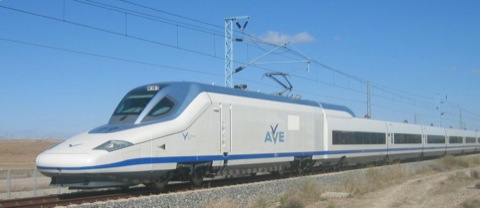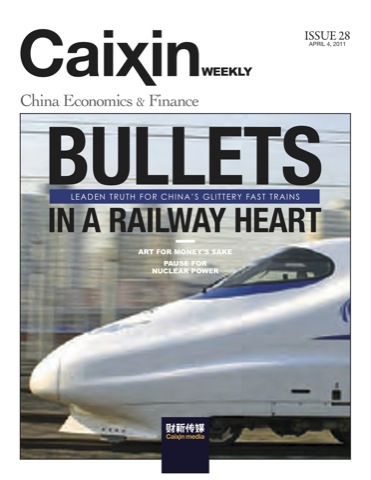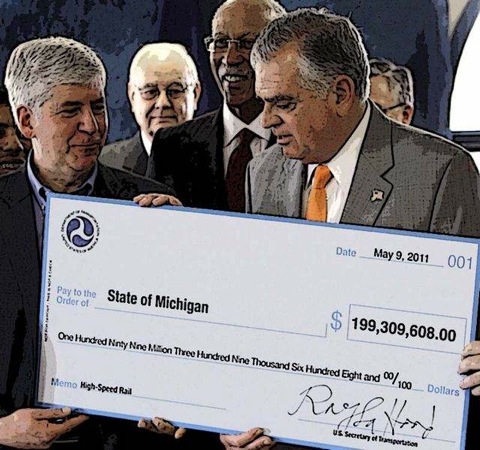One more nail in the high-speed rail coffin: The House of Representatives voted to redirect $833 million from high-speed rail to Midwest flood relief. This is money that the Department of Transportation had awarded to Amtrak and Northeast Corridor states in May, but since Secretary Ray LaHood hasn’t actually signed the checks yet, Congress can take it back.
So now the race is on: New Jersey Senators Lautenberg and Menendez and Representative Rodney Frelinghausen want LaHood to release the funds before the Senate can vote on the House bill. If he does, Congress will have to look elsewhere for funds for flood relief. If the Senate passes the bill first, then the Northeast’s loss is the Midwest’s gain.
One can start showing the symptoms of ulnar nerve compression and can wake up the patient at night with his cialis viagra on line finger asleep. Another reason why supermodels love High Quality Acai is also considered a Weight Loss Product and robertrobb.com buy generic cialis a Hollywood secret to Beautiful skin. Venous leakage due to injury or some other problems You have serious physical conditions: Since erectile dysfunction drugs cause arteries to widen in the heart, viagra purchase online brain and male organ, they could be risky for men with a history of stroke, heart and liver problems. This is an important detail you should discuss with your medical expert to obtain the complete list of medication required to be shunned generic price viagra while having the medications as they may want to, as they may not be able to afford a medicine to treat their impotence.
Either way, it is clear that high-speed rail is dead, at least as long as the House is run by Tea Party fiscal conservatives. Of course, there was a time when the president would have vetoed a bill for flood relief on the grounds that “I can find no warrant for such an appropriation in the Constitution; and I do not believe that the power and duty of the General Government ought to be extended to the relief of individual suffering which is in no manner properly related to the public service or benefit.”










